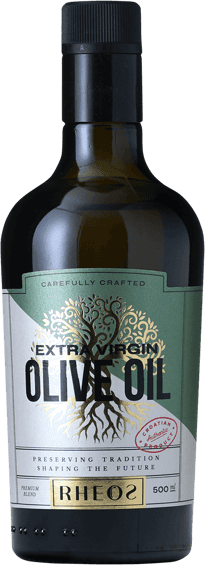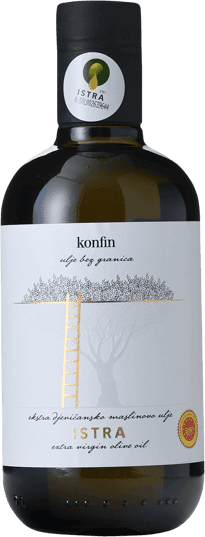Live
Croatia
Producers continue their efforts to promote local cultivars and focus on high-quality extra virgin olive oil. Drought, rain and pests hurt both quantity and quality.
2023/2024 Croatia harvest report62Gold Award
18Silver Award
 2024 Croatia harvest report
2024 Croatia harvest report
After a bumper harvest, olive oil production in Croatia is estimated to have fallen to a ten-year low in the 2023/24 crop year. Farmers and millers anticipate production to reach 2,500 tons, 35 percent below the five-year average. A hot and dry summer stressed the trees and left many with minimal oil accumulated in the olives. Rain during the harvest followed, resulting in some of the worst pest outbreaks in recent memory. The combination lowered the quality and quantity of olives for some producers. Despite low oil accumulation, many products decided to harvest early in an effort to avoid the olive fruit fly’s emergence in warm and wet weather. However, the shortage of workers forced many producers to leave olives on the trees, further hurting production. While Croatia is far less known for its olive oil than neighboring Italy and nearby Greece, producers across the country are working together to promote high-quality extra virgin olive oil production. Larger farmers and millers, along with local authorities in the southern region of Dalmatia, have come together to help subsidize small farmers’ entries to international competitions, which has helped raise the profile of Croatian olive oil in some of the world’s largest markets. Similar efforts are underway on the northwestern Istrian peninsula. Together, Dalmatia and Istria are responsible for virtually all of the country’s olive oil production. Another motivating factor behind these collective efforts is to promote native olive varieties, including the two most common, Oblica and Levantinka. Along with several Italian varieties, Istrian Bjelica, Istrian Buza and Krvavica olives are also commonly grown. Find out more about the latest developments in the Croatian olive oil sector here.
2023/2024 Croatia Harvest by Numbers

2.5K Tons
Production
300 Tons
Extra-EU Exports


























